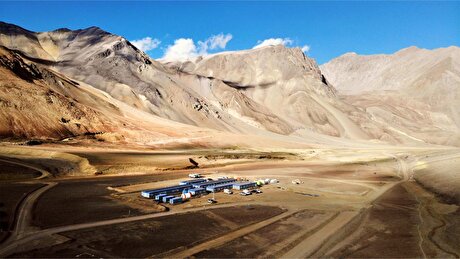
Non-oil exports to neighbors can be doubled in 2 years: TPO head
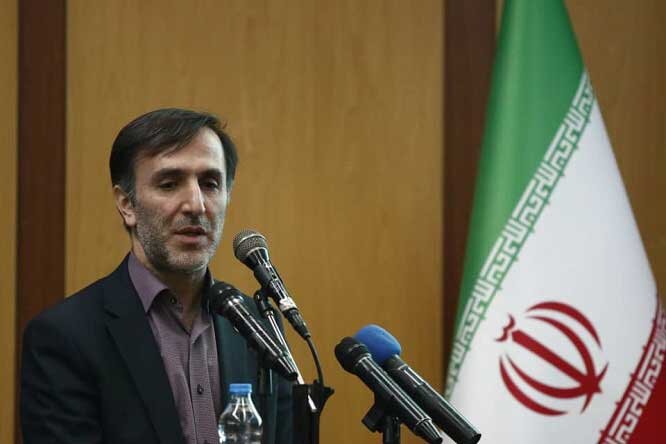
Making the remarks in an interview conducted by IRIB on Friday, Hamid Zadboum said that considering the future capacities, the TPO has planned increasing non-oil exports to the neighboring countries to about $100 billion in a two-year time span, in a way that Iran’s share of the regional markets will significantly go up.
The official has previously said: “Pakistan and Turkey have the highest capacity to import Iranian goods, which is good news for Iranian businessmen and exporters.”
Pointing to the Persian Gulf states as good markets for some Iranian-made commodities, Zadboum said that large markets such as Russia and China should also be considered by exporters.
Iran shares borders with fifteen countries, namely the United Arab Emirates, Iraq, Turkey, Afghanistan, Pakistan, Russia, Oman, Azerbaijan, Turkmenistan, Kuwait, Qatar, Kazakhstan, Armenia, Bahrain, and Saudi Arabia whose total value of annual imports exceed $1000 billion.
Increasing non-oil exports to the neighboring countries is one of the major plans that the Iranian government is pursuing in the current Iranian calendar year.
Earlier this month, First Vice-President Es'haq Jahangiri called for developing non-oil exports as the only way for realizing the motto of the surge in production.
“The Foreign Affairs Ministry should provide the necessary bases for the development of [non-oil] exports by expanding and strengthening economic diplomacy,” he said in a meeting on reviewing ways of boosting economic relations with the neighboring countries and supporting non-oil exporters.
Emphasizing that 15 neighboring countries and countries such as China and India and Eurasian members should be targeted as the most important export destinations of the country, Jahangiri called on the Ministry of Foreign Affairs and other relevant agencies to strengthen economic diplomacy and focus on these export destination countries to provide the necessary infrastructure for the development of exports to these nations.
As announced by the head of Islamic Republic of Iran Custom Administration (IRICA), despite the U.S. sanctions Iran managed to export commodities to 128 countries in the past Iranian calendar year (ended on March 19).
According to Mehdi Mir-Ashrafi, Asian countries account for over 70 percent of Iran’s foreign trade and Europe is the Islamic Republic’s second-biggest trade partner.
Iran exported non-oil commodities to 40 European countries, 21 Asian countries, 28 African countries, and 12 American countries, while importing from 41 European countries, 31 Asian countries, 12 American countries, and 11 countries in Africa.
The IRICA has put the country’s total foreign trade in the past year at $85.107 billion, noting that of the mentioned total figure the share of Iran’s exports was $41.37 billion while the imports stood at $43.737 billion.
The total weight of the country’s foreign trade was reported to be 169.302 million tons.
Surge in exports requires surge in production
During the Friday interview, Zadboum also said that a surge in the exports requires a surge in production, and it means that the quality of Iranian products should be elevated in a way that besides meeting the domestic needs they can meet the target markets’ requirements.
The current Iranian calendar year (began on March 20) is named the year of “Surge in Production” by the Leader of Islamic Revolution Ayatollah Seyed Ali Khamenei.
It should be considered that the trend of strengthening domestic production has been started in Iran a couple of years ago, as the country is determined to nullify the U.S. sanction on its economy through boosting production to reach more and more self-reliance.
Iranian Finance and Economic Affairs Minister Farhad Dejpasand has said the country needs at least 10 quadrillion rials (nearly $238.1 billion) to realize the motto of “Surge in Production”.
The Iranian ministries besides the private sector are outlining their programs for “Surge in Production”.
In early April, the Iranian Industry, Mining, and Trade Ministry outlined its main programs for supporting the domestic production in the current year.
Developing technology and promoting knowledge-based industries, development of domestic production in line with the Leader’s stresses on surge in production, managing imports and development of non-oil exports, improving the business environment, development of financing and investment and finally development of logistics were reported to be the seven major axes of the Industry, Mining and Trade Ministry’s works in the current year.

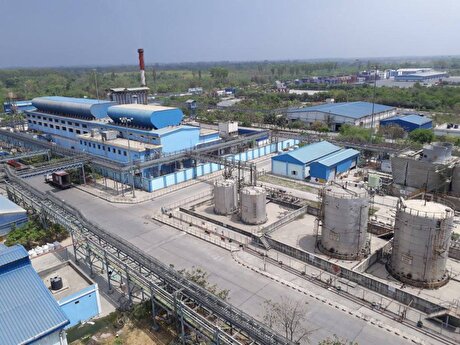
Hindustan Zinc to invest $438 million to build reprocessing plant
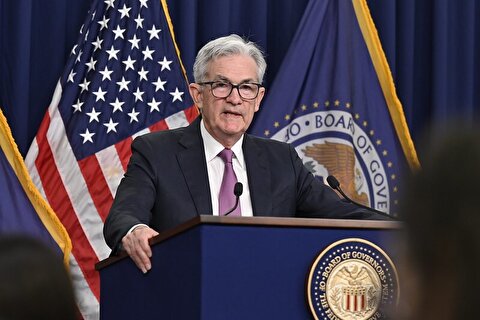
Gold price edges up as market awaits Fed minutes, Powell speech
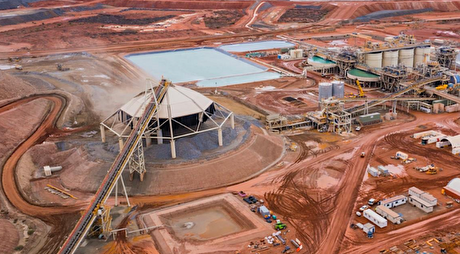
Gold Fields nears $2.4B Gold Road takeover ahead of vote
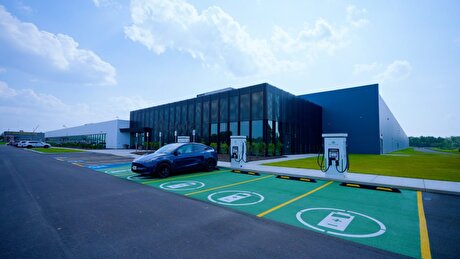
Glencore trader who led ill-fated battery recycling push to exit

UBS lifts 2026 gold forecasts on US macro risks

Roshel, Swebor partner to produce ballistic-grade steel in Canada

EverMetal launches US-based critical metals recycling platform
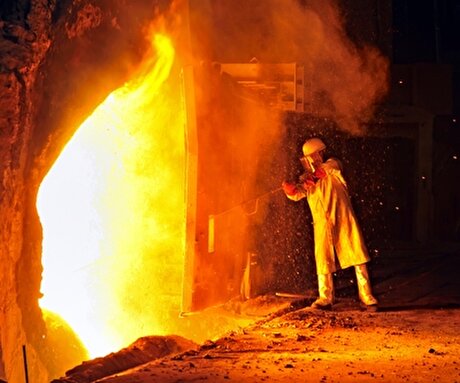
Iron ore price dips on China blast furnace cuts, US trade restrictions

Cleveland-Cliffs inks multiyear steel pacts with US automakers in tariff aftershock
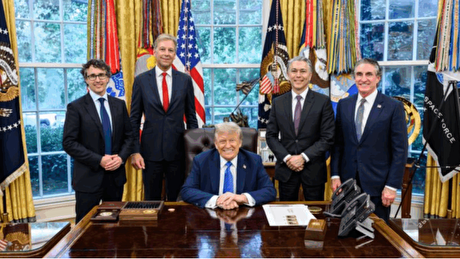
Trump raises stakes over Resolution Copper project with BHP, Rio Tinto CEOs at White House
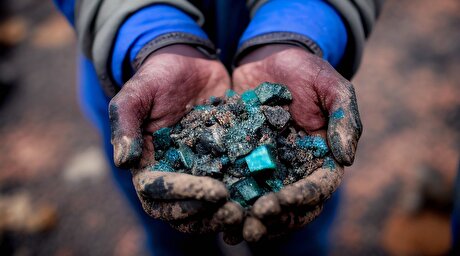
US seeks to stockpile cobalt for first time in decades

Trump weighs using $2 billion in CHIPS Act funding for critical minerals

Nevada army depot to serve as base for first US strategic minerals stockpile

Emirates Global Aluminium unit to exit Guinea after mine seized
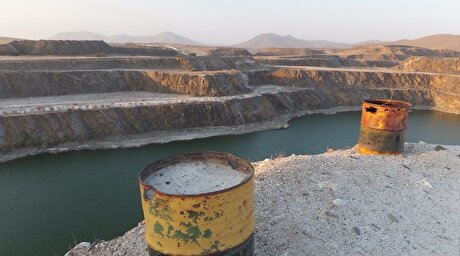
Tailings could meet much of US critical mineral demand – study

Codelco cuts 2025 copper forecast after El Teniente mine collapse
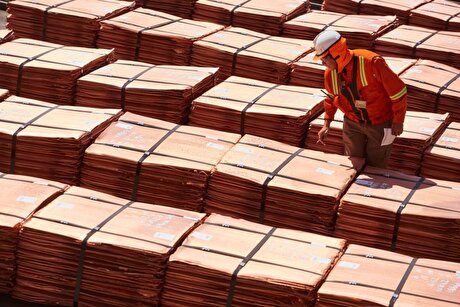
Glencore targets 1Mt of copper in Argentina over coming decade

Viridis unveils 200Mt initial reserve for Brazil rare earth project

SQM boosts lithium supply plans as prices flick higher

US seeks to stockpile cobalt for first time in decades

Trump weighs using $2 billion in CHIPS Act funding for critical minerals

Nevada army depot to serve as base for first US strategic minerals stockpile

Tailings could meet much of US critical mineral demand – study

Codelco cuts 2025 copper forecast after El Teniente mine collapse

Glencore targets 1Mt of copper in Argentina over coming decade

Viridis unveils 200Mt initial reserve for Brazil rare earth project

SQM boosts lithium supply plans as prices flick higher

Abcourt readies Sleeping Giant mill to pour first gold since 2014














